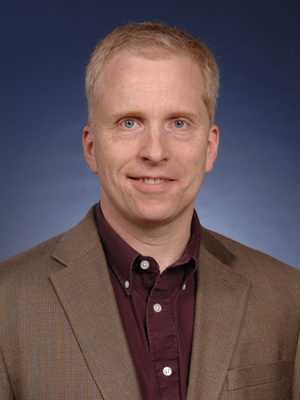
Dr. Jeffrey Bullard, a materials research engineer at the National Institute of Standards and Technology within the U.S. Department of Commerce, will be joining the Zachry Department of Civil and Environmental Engineering in fall 2019 as a professor.
Bullard will be contributing his experience in materials science, a branch of engineering that seeks to develop or improve materials, including structural materials like concrete, by studying the relationships among their composition, structure and performance. He will be conducting research at the Center for Infrastructure Renewal (CIR), an $80 million, 138,000-square-foot, multidisciplinary research center that boasts state-of-the-art facilities aimed at making infrastructure smarter, more resilient and longer lasting.
“What attracted me initially about the CIR was the size and modernity of it,” said Bullard. “It seems like there is a lot of potential for new capabilities to be installed there and that there is a strong emphasis on the intersection between infrastructure and the materials engineering disciplines.”
His research is focused on understanding, and ultimately predicting, how chemistry and physics govern the performance of a material over the span of its service life. Models that accurately predict the time-dependence of a material’s performance can be a powerful aid to the challenge of managing civil infrastructure components such as bridges, buildings and pavements that people use every day.
“In my research I focus on how to predict properties with time,” Bullard said. “For example, if we’re pouring concrete, I want to know the structure-property relationships of the mixture so that the time of setting and the rate of hardening can be predicted in advance.”
His area of research also has other implications, such as gaining an improved understanding of how long a material will last before it will need repair or replacement, potentially saving taxpayer dollars and limiting the risk associated with periodic manual inspections. Bullard is currently working on an experimental program for characterizing the material properties that determine how fast cement components react with water in a given environment. He is also focused on creating a more generalized model that can simulate these reactions for a variety of materials that are used in civil engineering, geochemistry applications and materials science.
“I’ve had a good relationship and productive research collaborations with Zach Grasley (the director of the CIR and a professor within the department) for the last five or six years and he has been instrumental in helping me understand the potential of the CIR and all of the other resources on campus for conducting world-class research,” Bullard said. “I’m looking forward to working with the department and my continued collaboration with him at the CIR.”